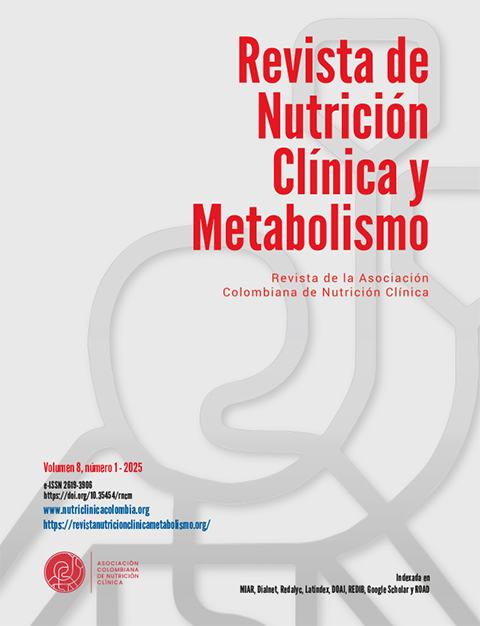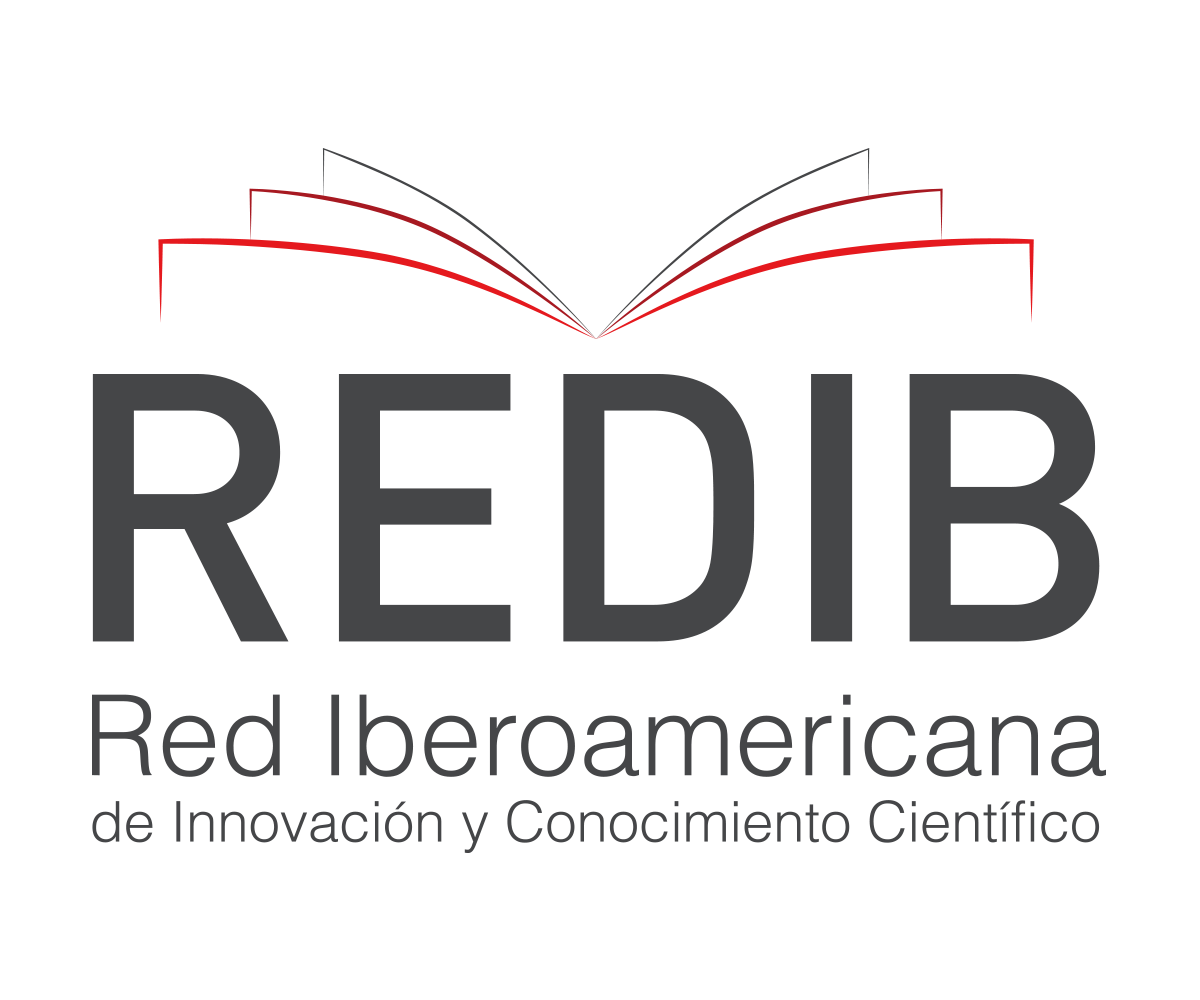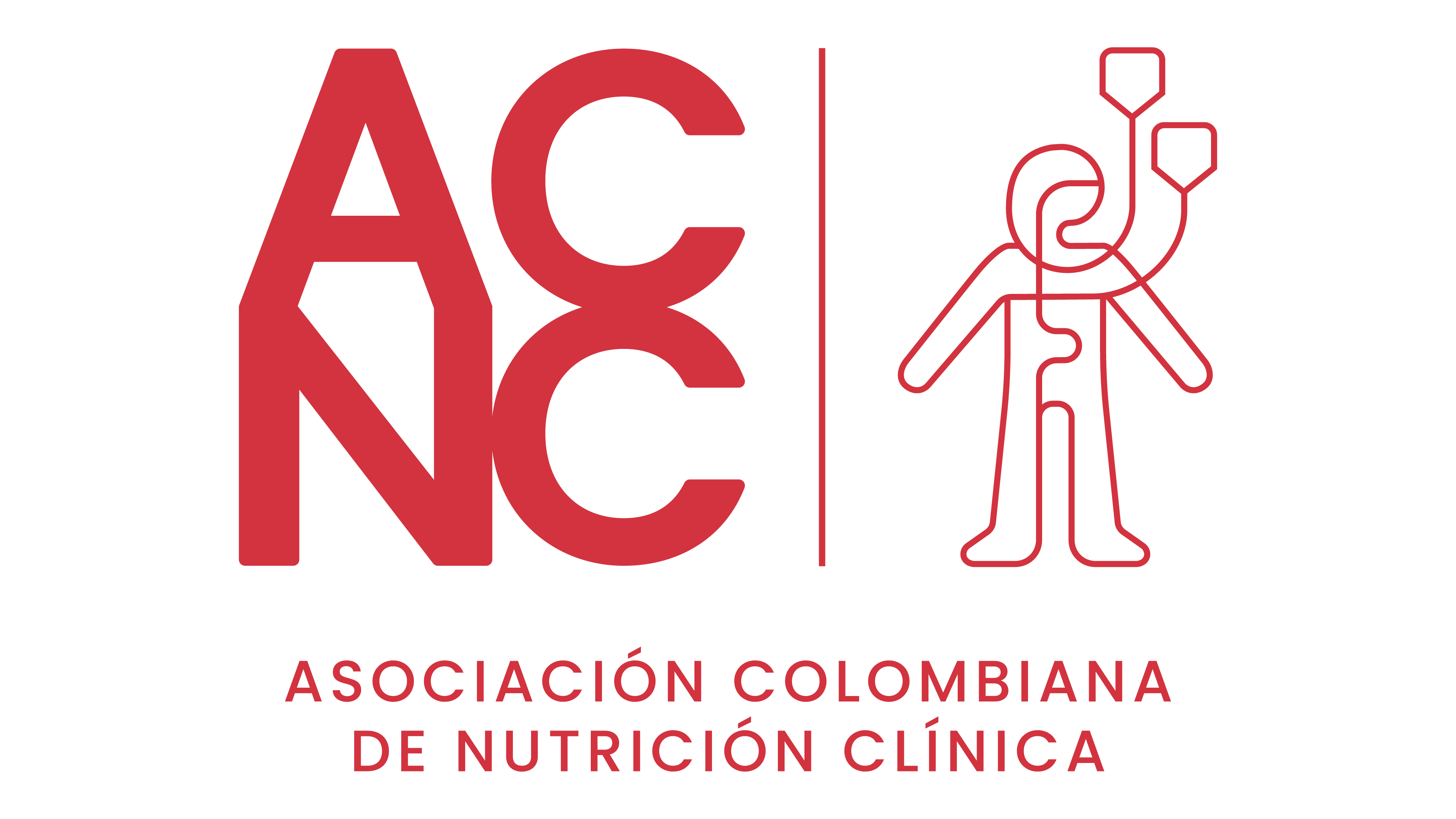Benefícios da alimentação enteral artesanal em problemas gastrointestinais em crianças com paralisia cerebral: uma revisão de escopo
DOI:
https://doi.org/10.35454/rncm.v8n1.687Palavras-chave:
nutrição enteral, paralisia cerebral, doença do refluxo gastroesofágico, constipação, qualidade de vida, revisão de escopoResumo
Introdução: A paralisia cerebral (PC) é um grupo de distúrbios permanentes que afetam o desenvolvimento do movimento e da postura, limitando significativamente a capacidade de realizar atividades diárias. Problemas gastrointestinais, como a doença do refluxo gastroesofágico (DRGE) e a constipação, são comuns em crianças com PC, impactando tanto a qualidade de vida quanto o estado nutricional. A alimentação enteral artesanal (AEA) surgiu como uma alternativa promissora às fórmulas comerciais para abordar essas questões. Objetivo: Avaliar as evidências existentes sobre os benefícios da AEA na melhoria de problemas gastrointestinais em crianças com PC, destacando lacunas de conhecimento e oportunidades para pesquisas futuras. Métodos: Foi realizada uma revisão de escopo seguindo a metodologia PRISMA-ScR. Foram incluídos estudos publicados entre 2014 e 2024, em inglês e espanhol, focados em crianças com PC que receberam AEA por meio de sonda de gastrostomia. Ensaios clínicos randomizados, estudos de coorte, relatos de caso, revisões sistemáticas e literatura cinzenta foram analisados. Os resultados foram extraídos e classificados com base no impacto em problemas gastrointestinais, como DRGE, constipação, vômitos e dor abdominal. Resultados: Dos 182 artigos identificados, 10 atenderam aos critérios de inclusão. A AEA demonstrou benefícios significativos, incluindo menor incidência de DRGE e constipação (p = 0,04), redução de 73% nos sintomas gastrointestinais e melhor tolerância ao volume alimentar. Além disso, os cuidadores relataram melhorias na percepção do processo de alimentação e no bem-estar psicossocial do paciente e da família. Conclusões: A AEA é uma alternativa eficaz e acessível para melhorar problemas gastrointestinais em crianças com PC, além de oferecer benefícios psicossociais significativos. No entanto, a falta de diretrizes padronizadas e de evidências robustas a longo prazo destaca a necessidade de pesquisas futuras para garantir sua implementação segura.
Downloads
Referências
Rosenbaum P, Paneth N, Leviton A, Goldstein M, Bax M, Damiano D, et al. A report: the definition and classification of cerebral palsy April 2006. Dev Med Child Neurol. 2007; 109: 8-14. doi:10.1111/j.1469-8749.2007.tb12610.x
McIntyre S, Goldsmith S, Webb A, Ehlinger V, Hollung SJ, McConnell K, et al. Global prevalence of cerebral palsy: A systematic analysis. Dev Med Child Neurol. 2022; 64(12): 1494-506. doi: 10.1111/dmcn.15346
Del Giudice E, Staiano A, Capano G, Romano A, Florimonte L, Miele E, et al. Gastrointestinal manifestations in children with cerebral palsy. Brain Dev. 1999; 21(5): 307-11. doi: 10.1016/s0387-7604(99)00025-x
Gangil A, Patwari AK, Bajaj P, Kashyap R, Anand VK. Gastroesophageal reflux disease in children with cerebral palsy. Indian Pediatr. 2001; 38(7): 766-70.
Veugelers R, Benninga MA, Calis EAC, Willemsen SP, Evenhuis H, Tibboel D, et al. Prevalence and clinical presentation of constipation in children with severe generalized cerebral palsy. Dev Med Child Neurol. 2010; 52(9): e216-21. Disponible en: doi: 10.1111/j.1469-8749.2010.03701.x
Romano C, van Wynckel M, Hulst J, Broekaert I, Bronsky J, Dall’Oglio L, et al. European Society for paediatric Gastroenterology, Hepatology and Nutrition guidelines for the Evaluation and treatment of gastrointestinal and nutritional complications in children with neurological impairment. J Pediatr Gastroenterol Nutr. 2017; 65(2): 242-64. doi: 10.1097/MPG.0000000000001646.
Köglmeier J, Assecaira I, Banci E, De Koning B, Haiden N, Indrio F, et al. The use of blended diets in children with enteral feeding tubes: A joint position paper of the ESPGHAN Committees of Allied Health Professionals and Nutrition. J Pediatr Gastroenterol Nutr. 2023; 76(1): 109-17. doi: 10.1097/mpg.0000000000003601
Tricco AC, Lillie E, Zarin W, O’Brien KK, Colquhoun H, Levac D, et al. PRISMA extension for scoping reviews (PRISMA-ScR): Checklist and explanation. Ann Intern Med. 2018; 169(7): 467-73. doi: 10.7326/m18-0850
Open Science Framework. Benefits of blenderized tube feeding in gastrointestinal problems in children with cerebral palsy: a scoping review. OFS [Internet]. 2024. [citado 11 de septiembre de 2024]. Disponible en: https://osf.io/2dg36/
Diamanti A, Capriati T, Mosca A, Trovato CM, Laureti F, Mazzoli B, et al. Neurological impairment and malnutrition in children: The role of home enteral nutrition in real life. Front Nutr. 2023; 10. doi: 10.3389/fnut.2023.1087603
Kernizan D, Mintz D, Colin M, Lee M, Yoakam L, Chen YP, et al. Outcomes and safety of blenderized tube feedings in pediatric patients: A single center’s experience. J Pediatr Gastroenterol Nutr. 2020; 71(4): e124-128. doi: 10.1097/mpg.0000000000002853
O’Connor G, Watson M, Van Der Linde M, Bonner RS, Hopkins J, Saduera S. Monitor gastrointestinal tolerance in children who have switched to an “enteral formula with food‐derived ingredients”: A national, multicenter retrospective chart review (RICIMIX study). Nutr Clin Pract. 2022; 37(4): 929-34. doi: 10.1002/ncp.10812
Dipasquale V, Diamanti A, Trovato CM, Elia D, Romano C. Real food in enteral nutrition for chronically ill children: overview and practical clinical cases. Curr Med Res Opin. 2022; 38(5): 831-5. doi: 10.1080/03007995.2022.2052514
Fraser LK, Bedendo A, O’neill M, Taylor J, Hackett J, Horridge K, et al. ‘YourTube’ the role of different diets in gastrostomy‐fed children: Baseline findings from a prospective cohort study. Dev Med Child Neurol. 2024; 66(6): 755-64. doi: 10.1111/dmcn.15799
Maddison J, Taylor J, O’Neill M, Cade J, Hewitt C, Horridge K, et al. Outcomes for gastrostomy‐fed children and their parents: qualitative findings from the ‘Your Tube’ study. Dev Med Child Neurol. 2021; 63(9): 1099-106. doi: 0.1111/dmcn.14868
Gallagher K, Flint A, Mouzaki M, Carpenter A, Haliburton B, Bannister L, et al. Blenderized enteral nutrition diet study: Feasibility, clinical, and microbiome outcomes of providing blenderized feeds through a gastric tube in a medically complex pediatric population. JPEN J Parenter Enteral Nutr. 2018; 42(6): 1046-60. doi: 10.1002/jpen.1049
Coad J, Toft A, Lapwood S, Manning J, Hunter M, Jenkins H, et al. Blended foods for tube-fed children: a safe and realistic option? A rapid review of the evidence. Arch Dis Child. 2017; 102(3): 274-8. doi:10.1136/archdischild-2016-311030
Hron B, Ng T, Voss S, Rosen R. Effect of blenderized tube feeds on gastric emptying: A retrospective cohort study. JPEN J Parenter Enteral Nutr. 2023; 47(5): 654-61. doi:10.1002/jpen.2513
Chandrasekar N, Dehlsen K, Leach ST, Krishnan U. Blenderised tube feeds vs. Commercial formula: Which is better for gastrostomy-fed children? Nutrients. 2022; 14(15): 3139. doi: 10.3390/nu14153139
Peers E, Boocock RC, Burn N. A systematic review examining the impact of blended diets on the gastrointestinal symptoms of people who are enterally fed. J Hum Nutr Diet. 2023; 36(3): 673-86. doi: 10.1111/jhn.13090
Brekke G, Raun AMT, Sørensen SB, Kok K, Sørensen JL, Born AP, et al. Nutrition and preparation of blenderized tube feeding in children and adolescents with neurological impairment: A scoping review. Nutr Clin Pract. 2022; 37(4): 783-96. doi: 10.1002/ncp.10853
Oftedal S, McCormack S, Stevenson R, Benfer K, Boyd RN, Bell K. The evolution of nutrition management in children with severe neurological impairment with a focus on cerebral palsy. J Hum Nutr Diet. 2025; 38(1): e13277. doi: 10.1111/jhn.13277
Dipasquale V, Aumar M, Ley D, Antoine M, Romano C, Gottrand F. Tube feeding in neurologically disabled children: Hot topics and new directions. Nutrients. 2022; 14(18): 3831. doi: 10.3390/nu14183831
Epp L, Blackmer A, Church A, Ford I, Grenda B, Larimer C, et al. Blenderized tube feedings: Practice recommendations from the American Society for Parenteral and Enteral Nutrition. Nutr Clin Pract. 2023; 38(6):1190-219. doi: 10.1002/ncp.11055
Downloads
Publicado
Como Citar
Edição
Seção
Licença
Copyright (c) 2025 José Rodrigo Morgado Ramírez, Sara Rebeca Fajardo Compagny, Carolina Gonzalez Zavala, Humberto Jesus Borquez Arce

Este trabalho está licenciado sob uma licença Creative Commons Attribution-NonCommercial-ShareAlike 4.0 International License.




















